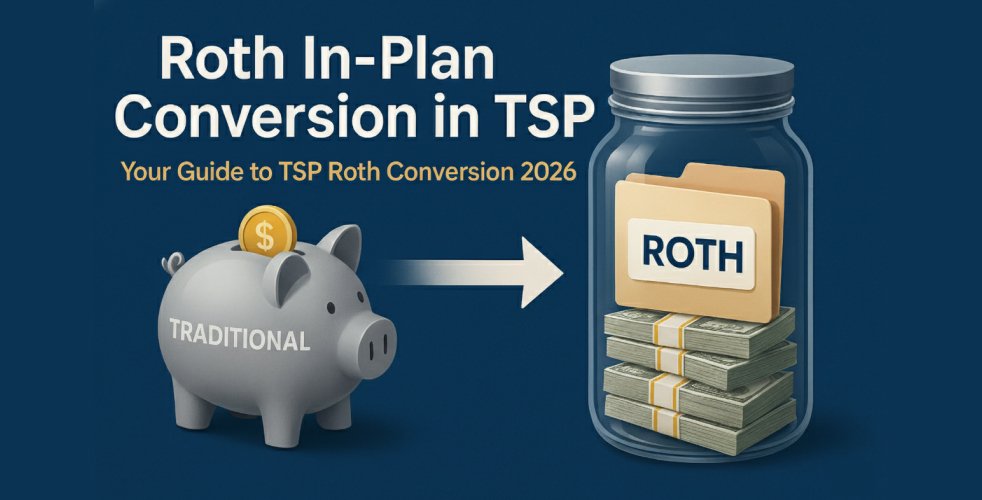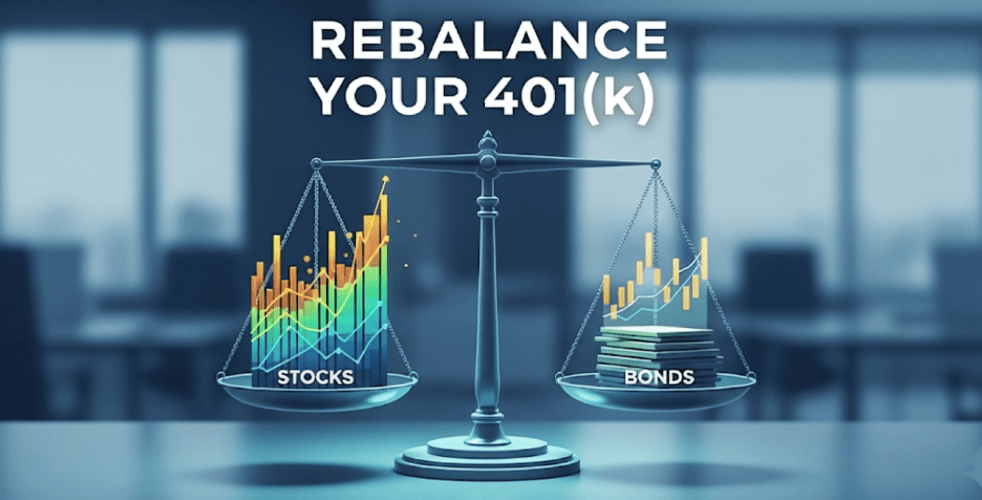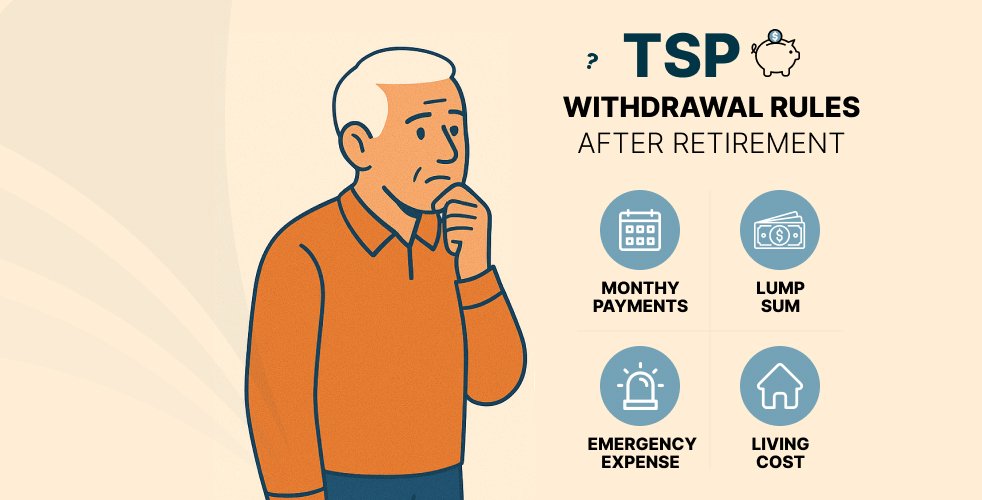
As you begin to set aside money for retirement, one of the first and most critical decisions you’ll face is what type of account to put that money in. There are a variety of account types available, and each one comes with specific advantages and drawbacks.
Should you contribute to your 401(k) first? Or is paying down debt a better idea? What about an IRA or a 529 plan? Should you be contributing to those as well? And what do mason jars and your mattress have to do with any of this? These are the types of questions we’ll attempt to answer as we explore the most effective way to save for retirement.
But first, we need to get a little philosophical. Not like Confucius or Aristotle philosophical, more like Duck Tales philosophical. We need to make sure you’re viewing the process of saving in the right light.
Pay Yourself First
Before we can begin to talk about where to save money, we need to talk about how to save money. There are two schools of thought on this. The first, which is generally adopted by poor people (no offense, poor people) goes like this:
Earn Money → Pay for Expenses → Save For Retirement
Rich people, on the other hand, figured out a long time ago that the above equation doesn’t work. For some reason, our expenses always seem to match our income, no matter how much money we make. Weird, right? So rich people developed a new school of thought that looks like this:
Earn Money → Save for Retirement → Pay for Expenses
Did you see what happened there? Pretty crazy, right? Some might even go so far as to say mind blowing. In fact, if your mind’s not blown, then maybe you missed what just happened. Let’s review quickly.
When you pay yourself first, by contributing to your investment accounts before you pay for even a single expense, you quite literally take control of your destiny. Think about it … once you make that switch, your retirement is no longer up to chance, it’s under your control. That should make you feel good … and powerful … almost like a sorcerer.
Okay that might be a stretch, but at least you’ll feel like a rich person, because that’s what all rich people do.
Want to know something else that all rich people do? They automate their savings. So make sure you do that too.
Alright, now that we know how to save, we can talk about where to save. Oops, wait a minute, there’s one last item we need to touch on first: debt.
Pay Off High Interest Rate Debt
Not all debt is bad. Yes, it all sucks to some extent because you’re allowing the power of compounding to work against you, but some debt is much worse than others. When it comes to saving for retirement, there are two key concepts you need to understand about debt that will help you determine when it’s a good idea to pay off debt immediately, or when you can let it linger, like a fart trapped in a hot car.
Concept #1 – Paying down debt is identical to investing that money and earning a guaranteed return equal to the rate of interest accruing on that debt.
Have a student loan accruing interest at 6.5%? When you make payments towards your principal, it’s like investing that money and earning a guaranteed 6.5% return. Have a credit card charging you 19%? Paying down that balance is equivalent to investing and earning a 19% guaranteed return … If that doesn’t seem like a great investment opportunity, then you’re probably not the next Warren Buffett, are ya?
Concept #2 – Some types of debt (the good type) provide a return on your investment that helps offset the cost.
Mortgage debt is a good example here, or even debt on an investment property or business. If the debt allows you to acquire or maintain control of an asset which is generating a positive return (and the interest rate is reasonable) then by all means keep it. Otherwise, it’s gotta go.
Moral of the story: Any debt with a high(ish) interest rate (greater than ~6%) should be paid off first, before you begin tucking money into your retirement accounts. Lower interest rate secured debt (such as mortgages and auto loans) are fine to pay off gradually.
Alright! It only took us 800 words to get to the starting line … great. Now that your brain is warmed up, let’s walk through the most efficient and effective way to save for retirement, using the account types commonly available to all investors.
The Pathway to Retirement
To optimize your savings, follow each of the steps below in order.
Step 1: Get Your Company’s Match
This seems like a no-brainer, but we’re continually blown away by how many people don’t take advantage of the free money available through their employer sponsored retirement plan. Most companies offer some type of match to employees who contribute to the company’s 401(k), 403(b), TSP etc. If you don’t contribute at least enough to your plan to receive the full match, you’re being a total jobbernowl … Sorry if that sounds harsh, but what would you call someone who walked by a large sum of unclaimed money and didn’t bother to pick it up?
Now here’s the thing. Once you’re contributing enough to your employer’s plan to receive the full match available to you, it’s not worth putting any additional money into that plan … at least not yet. This is because there’s a good chance that other investment account types are available to you that will provide better (or at least similar) tax advantages, while offering access to a better selection of investments with lower expense ratios.
Step 2: Fund Your HSA
This may come as a shock, but for those folks who have access, one of the best places they can save for retirement (yes, retirement) is through a Health Savings Account (HSA). In order to open an HSA, you must be one of those lucky individuals who has a high-deductible health care plan. In essence what the government has said here is, “Since we know we’re bending you over with this high-deductible plan, we’re going to give you access to a tax-advantaged HSA account to help offset your health care costs.”
Well … it turns out that an HSA is really quite lucrative because it works exactly like a 401(k), with an added benefit: If you spend the money on health care related costs, you enjoy a triple tax benefit. You get (1) a deduction on your contributions (2) tax-free compounding, and (3) tax-free withdrawals.
Not only that, you can link your HSA up to an investment account so that the money in your HSA can be invested the same way as your other investment accounts.
We all know that health care costs rise substantially as we age, so having a go-to, tax-advantaged account for those expenses can be very handy. And in the event you don’t need those funds for health related expenses, you can spend it on whatever you want. If you go that route, you’ll pay income tax on the money in your HSA as you withdraw it, meaning the HSA will have worked just like a 401(k) in terms of its tax advantages.
Current HSA contribution limits are $3,450 for an individual and $6,900 for a family. Get those accounts maxed out!
Step 3: Open an IRA
If you’ve made it to Step 3, it means that you’re already contributing enough to your employer sponsored retirement plan to receive your company’s full match, and you’re maxing out contributions to your HSA, assuming you have access to one.
The next step is to open up an Individual Retirement Account (IRA). These come in two types: Traditional and Roth. We recently published a guide explaining the difference between these two types of IRAs, and how to choose which is best for you. Make sure to read it so that you choose wisely … this is an important decision.
Regardless of which type of IRA you decide to go with, your contributions are currently limited to $5,500 per person, per year (or $6,500 for those age 50 and older). Once you’ve set up your automatic, recurring contributions to max out your IRA each year, we can move on to Step 4.
Step 4: Max Out Your 401(k), 403(b), TSP etc.
Back in Step 1 we told you not to put any additional money into your company’s retirement plan besides what’s needed to receive the full match. This is because generally speaking, the investment options available through 401(k)s are quite poor. Fund selection is limited, and the funds that are available often come with high fees. If you can get the same or better tax benefits elsewhere (as we saw with HSAs and IRAs) AND have access to a wider selection of lower-cost investments, it makes sense to go that route.
But once you’ve maxed out your contributions to both those types of accounts, the next best option becomes maxing out your 401(k). The basic employee contribution limit for 2018 is $18,500, which means you can stuff significantly more cash away in this account than in your HSA or IRA. So crank up those contributions and let ‘er rip!
A quick note for Thrift Savings Plan investors: Unlike most 401(k) and 403(b) plans, the TSP actually has an excellent assortment of low-cost funds. The C, S, I, F, and G funds are all index funds with extremely low expense ratios. HSAs and Roth IRAs can still provide advantages that go beyond what the TSP offers, but the TSP’s selection of low-cost funds makes it an excellent place to save for retirement.
Step 5: Consider a 529 College Savings Plan
Let’s do some quick math. At this point, if you’re maxing out your HSA ($3,450/year), your IRA ($5,500/year) and your 401(k) ($18,500/year) then you’re contributing $27,450 to your investment accounts each year. That’s a lot of dough, great work!
But there are still tax-advantaged accounts that you can take advantage of. One of these is a college savings plan, or 529 plan. If you have kids who are planning to attend college, this can be a good option. While 529 plans differ in their contribution limits, contributions of up to $15,000 can be made for each child in 2018 without incurring federal gift tax.
Contributions to a 529 plan are generally made with after-tax dollars (similar to a Roth IRA or Roth 401(k)), and allow for the tax-free growth of that money, presuming it is used for qualified educational expenses down the road.
Step 6: Open a Taxable Individual Account
Okay, seriously … how much money do you have? You’re maxing out all of the accounts previously mentioned and you still have money left over to save and invest? Well, unfortunately, at this point you’re basically out of tax-advantaged options. Your next best bet is to open up a good old regular taxable account.
This type of account provides no tax benefits whatsoever. It’s funded with after-tax dollars, and you’ll pay either short-term or long-term capital gains on any profits that accrue in this account. On the bright side, you can stick as much money into one of these accounts as you want.
The other good news? You can withdraw money from this type of account whenever you like, without penalty. That can be a huge advantage if you think you may need access to those funds before retirement. Also, there are never any Required Minimum Distributions (RMDs) with taxable accounts (this also applies to “Roth” accounts).
Conclusion
Saving for retirement may seem complicated, but it’s really not that difficult once the path is laid out for you. That’s what we’ve attempted to do here – show you exactly where your hard earned money should go as you begin to save more and more.
If you utilize the tax-advantaged accounts above in the order we recommend, you’ll be making the most efficient use of each saved dollar. And if you can keep those savings growing by utilizing a proven long-term investment strategy, then LIFE IS GOOD. Or at least it will be, once you get to stop slaving away each day and enjoy that luxurious retirement you’ve been working so hard for.

An innovative approach for eaming higher returns with less risk
Download Report (1.2M PDF)You don’t want to look back and know you could’ve done better.
See Pricing



